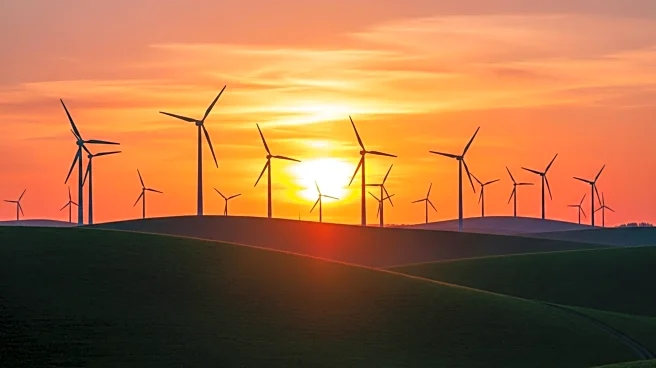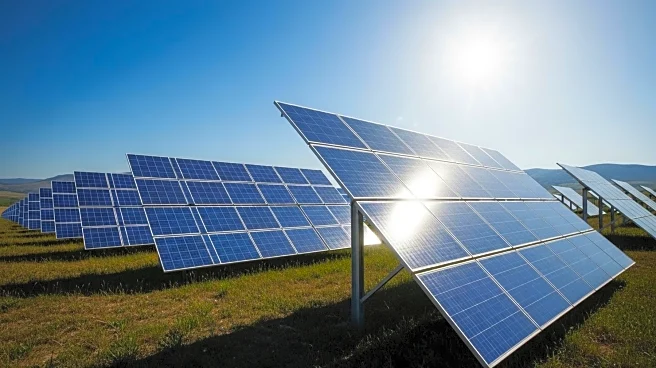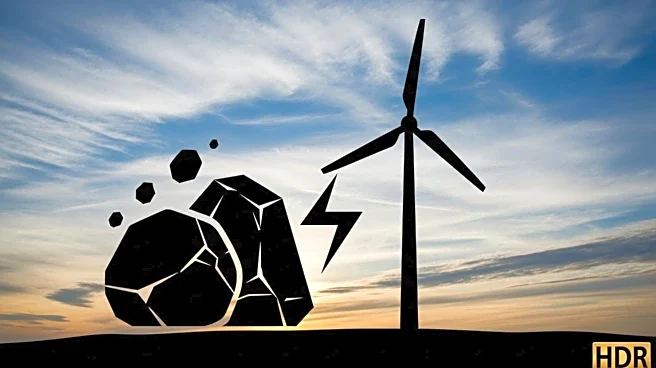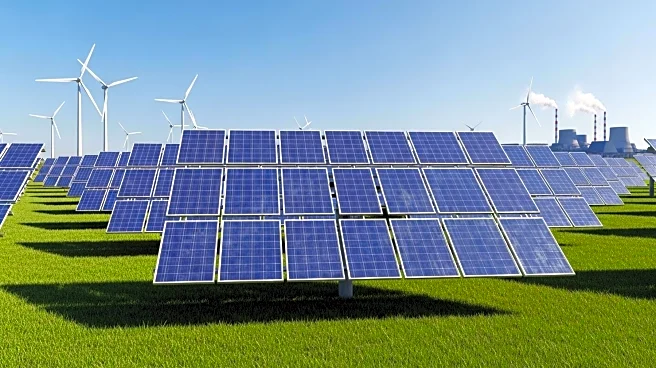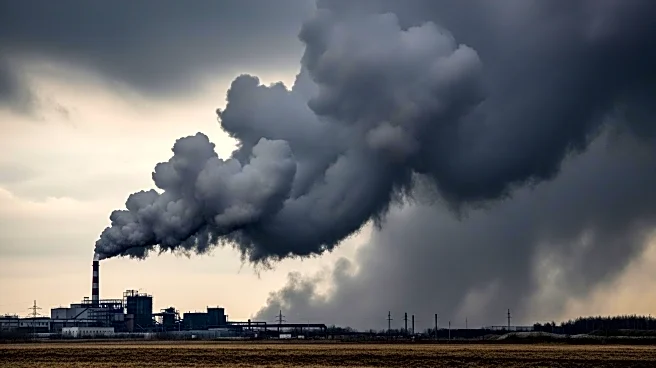What's Happening?
California is set to close the Intermountain Power Plant, a coal-fired facility in Utah that has supplied electricity to Los Angeles and other Southern California cities for decades. The closure is part of a broader shift towards renewable energy sources, with the Los Angeles Department of Water and Power (DWP) investing in solar, wind, and hydrogen technologies. The plant's shutdown marks the end of coal power in California, as the state increasingly relies on cleaner energy solutions. The transition includes the construction of a new power plant designed to use a mix of natural gas and hydrogen, with plans to eventually operate on 100% hydrogen.
Why It's Important?
The closure of the Intermountain Power Plant represents a significant step in California's efforts to reduce carbon emissions and combat climate change. By moving away from coal, the state is aligning with global trends towards sustainable energy. This transition not only reduces environmental impact but also positions California as a leader in renewable energy innovation. The shift is expected to have economic implications, including changes in job markets and energy costs. The move away from coal also reflects broader national and international efforts to address climate change and reduce reliance on fossil fuels.
What's Next?
As California phases out coal power, the focus will shift to ensuring the reliability and efficiency of renewable energy sources. The DWP's investment in hydrogen technology is a pioneering effort that could set a precedent for other regions. The success of this transition will depend on technological advancements and the ability to integrate new energy sources into the existing grid. Stakeholders, including environmentalists and local communities, will be closely monitoring the impact of these changes. The state's approach may influence energy policies and practices across the U.S. and beyond.

